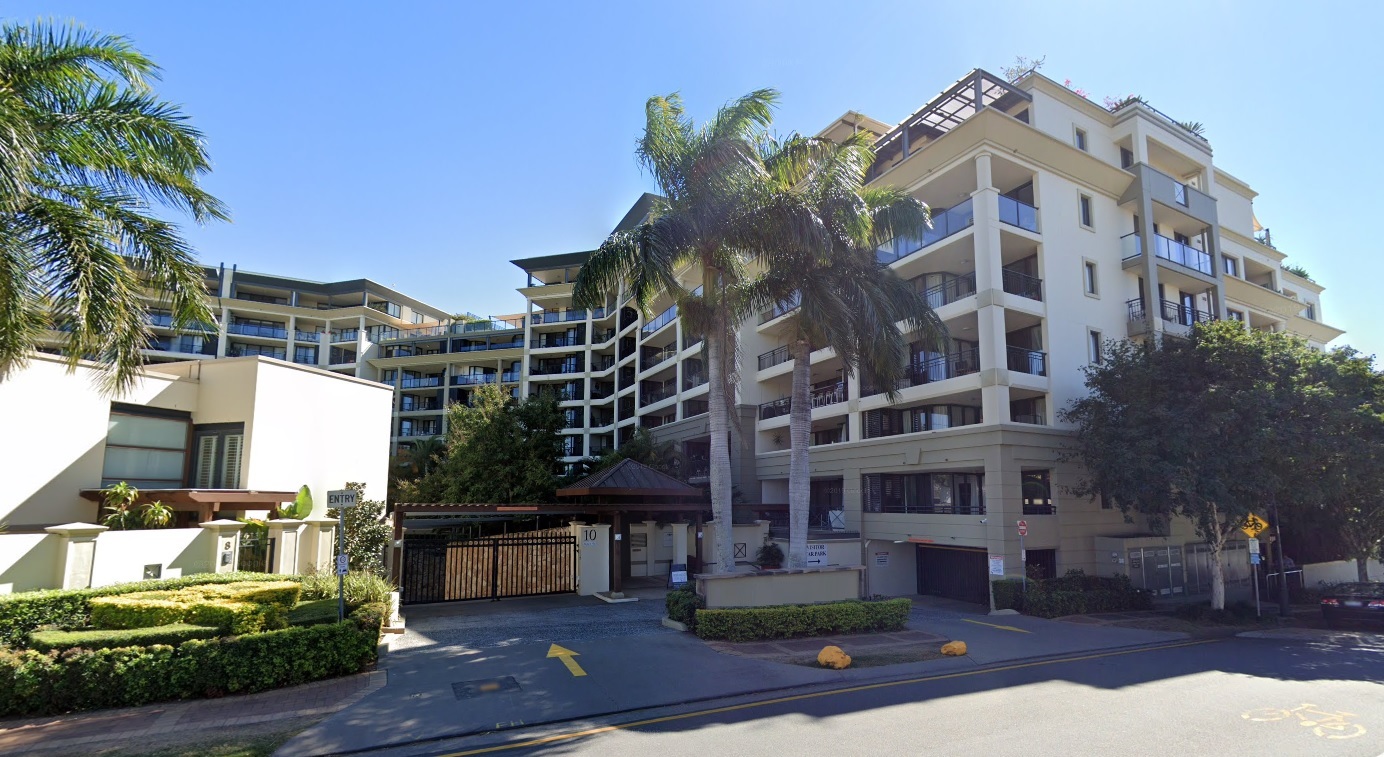Background
One of our utility management and hot water conversion project in Australia is nearing its first year’s anniversary. It is therefore seems appropriate to take stock of this project’s success and the experiences gained to date.
The projects covered two aspects, a hot water upgrade that was driven by a cost saving exercise and the cold water aspect that was driven by a desire to implement a fair billing system, this would be by move away from allotment based billing to actual metered billing of the cold water.
The Objectives
The hot water cost saving was the key objective of the project, the savings were estimated to be in the order of A$420 per apartment per year or A$70000 for the entire building.
Hot Water Solution
To achieve the savings on the hot water the requirement was to remove any reliance on a long term contract and to consolidate the hot water energy cost from individually billed accounts, into a single energy bill for the building. The savings being primarily based on the cheaper cost of the bulk purchased energy. To remove the reliance on long term contracts, the require was to implementation of a utility management solution that the body corporate owned and was not tied to the energy supply contract. Clearly the solution required that an effective metering and utility management solution be implemented within the building, this was achieved using the Automated Utility Systems AUS-iot Solution.
It was conservatively estimated that the solution would achieve a 30 to 40% saving in the costs of heating the water, together with providing far greater flexibility, customer service and assured that the savings would be carried through into the future. The cost savings easily covered the required capital expenditure within 12 to 18 months.
Hot Water Savings
After the installation of AUS-iot solution the resultant savings have been verified over a 144 day period. Based on the actual gas meter readings for the billing period from the 2020/04/16 through to 2020/10/08, the building’s gas usage was 20891 m3. The cost for this gas was A$ 30937. Each appartment was charged a daily meter reading and service fee of A$ 0.2538. In the corresponding periodS the building used 3063 m3 of hot water, at an averages of 121 litres per day per apartment. To summerise this:
- Cost of gas = A$ 30 937
- Total litres of hot water used = 3063 m3
- Effective heating cost per litre = A$ 0.0101
- Total cost of meter reading and service fees = A$ 6 396
Therefor total daily cost per apartment for 121 litres = A$ 1.222 + A$ 0.2538 = A$ 1.476 per day
Based on the previous supply agreements hot water tariffs, for the same 121 litres under the original supply agreement the cost would be A$ 2.427.
A further saving was realised in the cost of the unmetered or cook top gas. This had previously been charged as a flat rate of A$0.5345 per day per appartment, however, based on the actual gas supplied and billed the real cost was found to be in the order of A$0.10 per apartment per day.
Actual data
The information above was based on the hot water meter readings as recorded by the AUS-iot System, the graphic below depicts the buildings daily totals for the period detailed above.

The physical gas meter reading for the hot water gas supply was:
- 75747 m3 on the 2020-04-16.
- 96638 m3 on the 2020-10-08.
Gas used was 96638 m3 - 75747 m3 = 20 891 m3
Based on the above the water heating efficiency was 147 litres per m3 or effectively 3.95 litres per MJ (megajoule).
Challenges
The project was initiated in November 2019 with the actual meter installation being scheduled for February 2020. The objective was to upgrade both the hot and cold water meters at the same time and to complete the installation within 2 months.
The first challenge to the project was the onset of COVID. This coincided with the start of our meter installation program and resulted in some delays. The delays were primarily as a result of additional administrative procedures and a greater difficulty in obtaining access into the apartments.
A further challenge that came to the fore was that the cold water meters required additional pipe work in their installation. To ensure that the savings based on the hot water conversion were realised as soon as possible the cold water installations were reschedualled to be done seperately, after the completion of the hot water phase.
Conclusion
The project has proven to a huge success and has met its objectives. The AUS-iot Solution greatly simplifies the billing and the management of the associated costs, as the hot water costs are now directly based on the energy cost. The energy costs can now be regularly renegotiated with the energy provider as the buildings infrastructure is now the property of the body corporate and thus removes the reliance on a single long term contract. This has ensured that the buildings tenants enjoy the most cost effective hot water solution both now and into the future.
